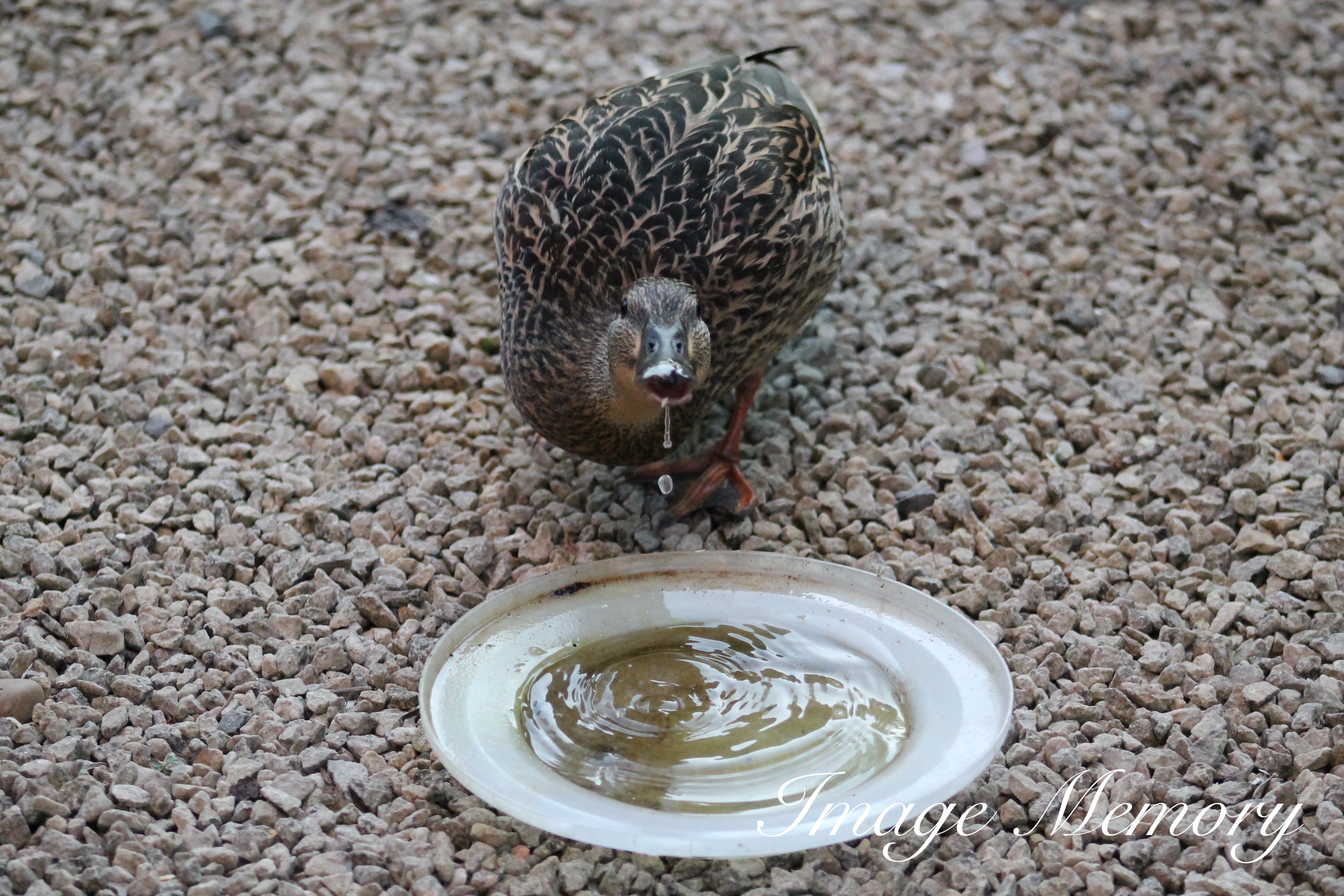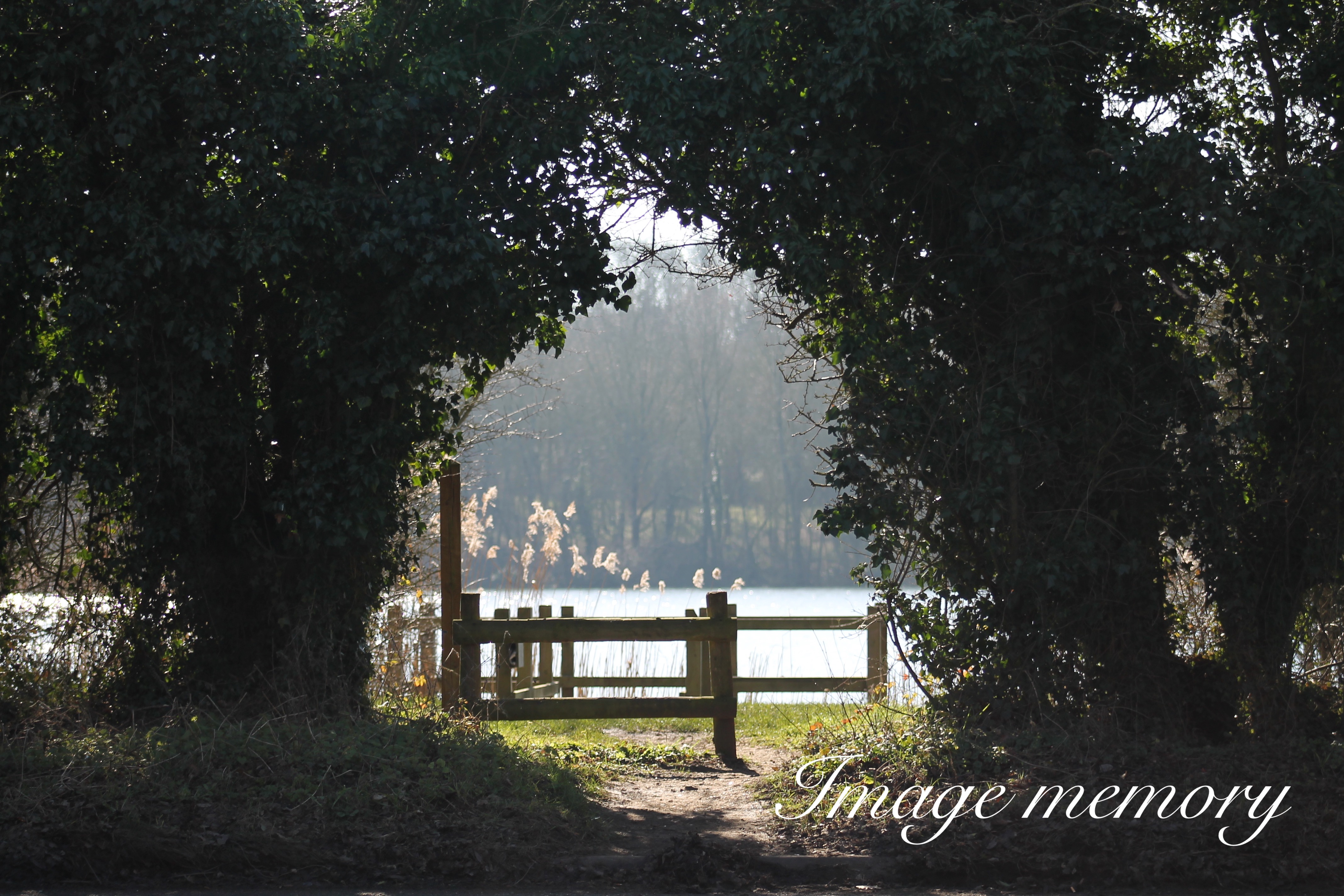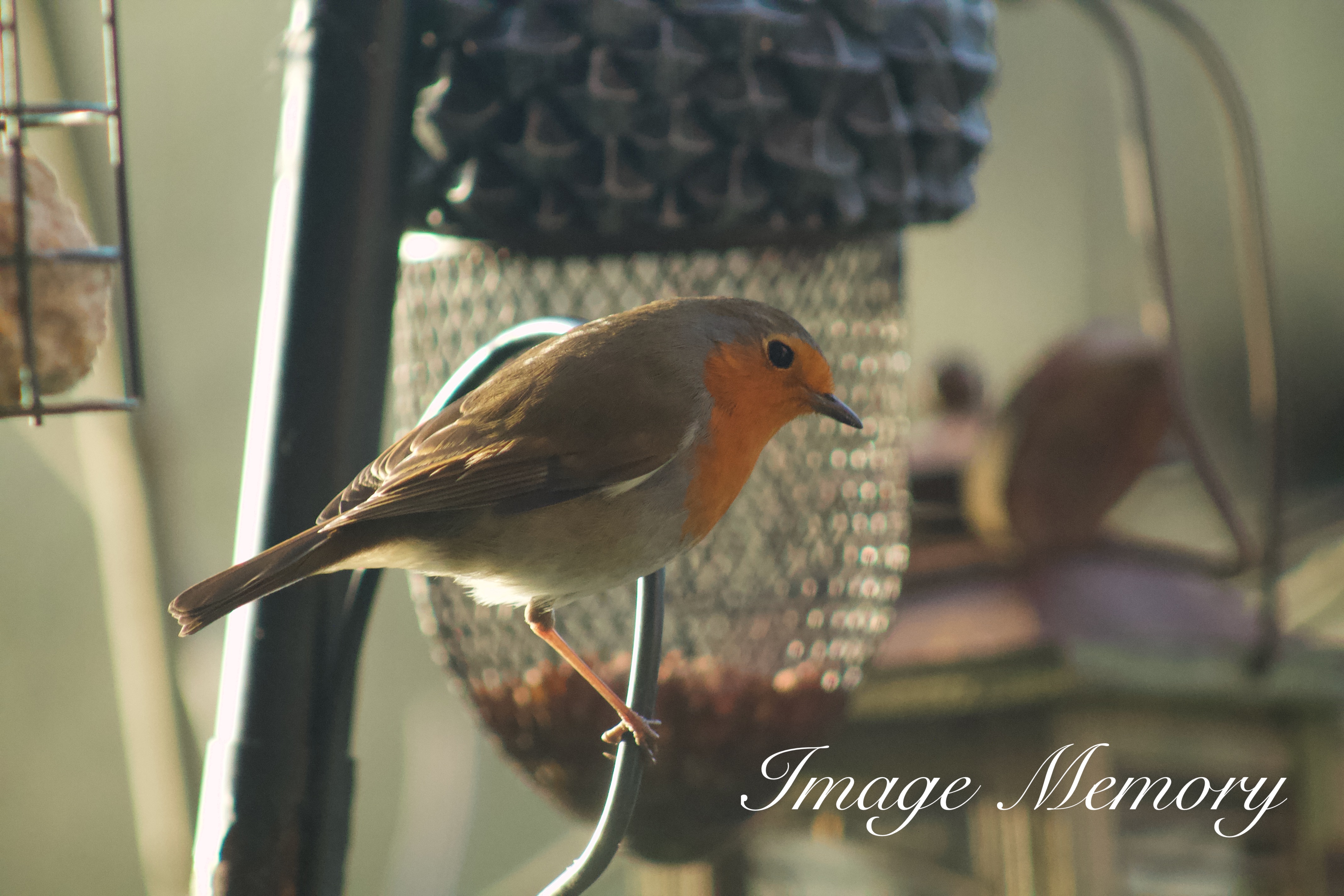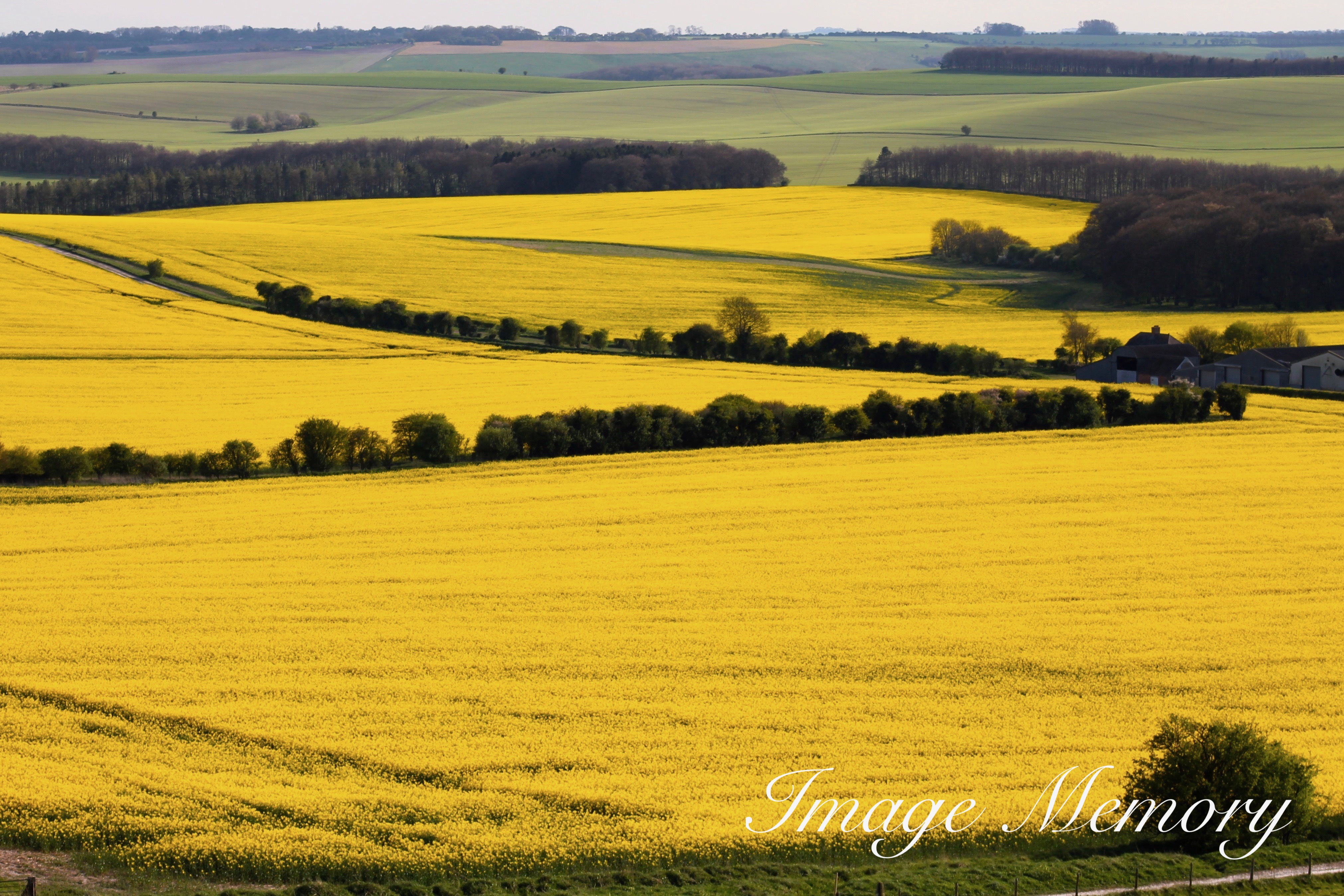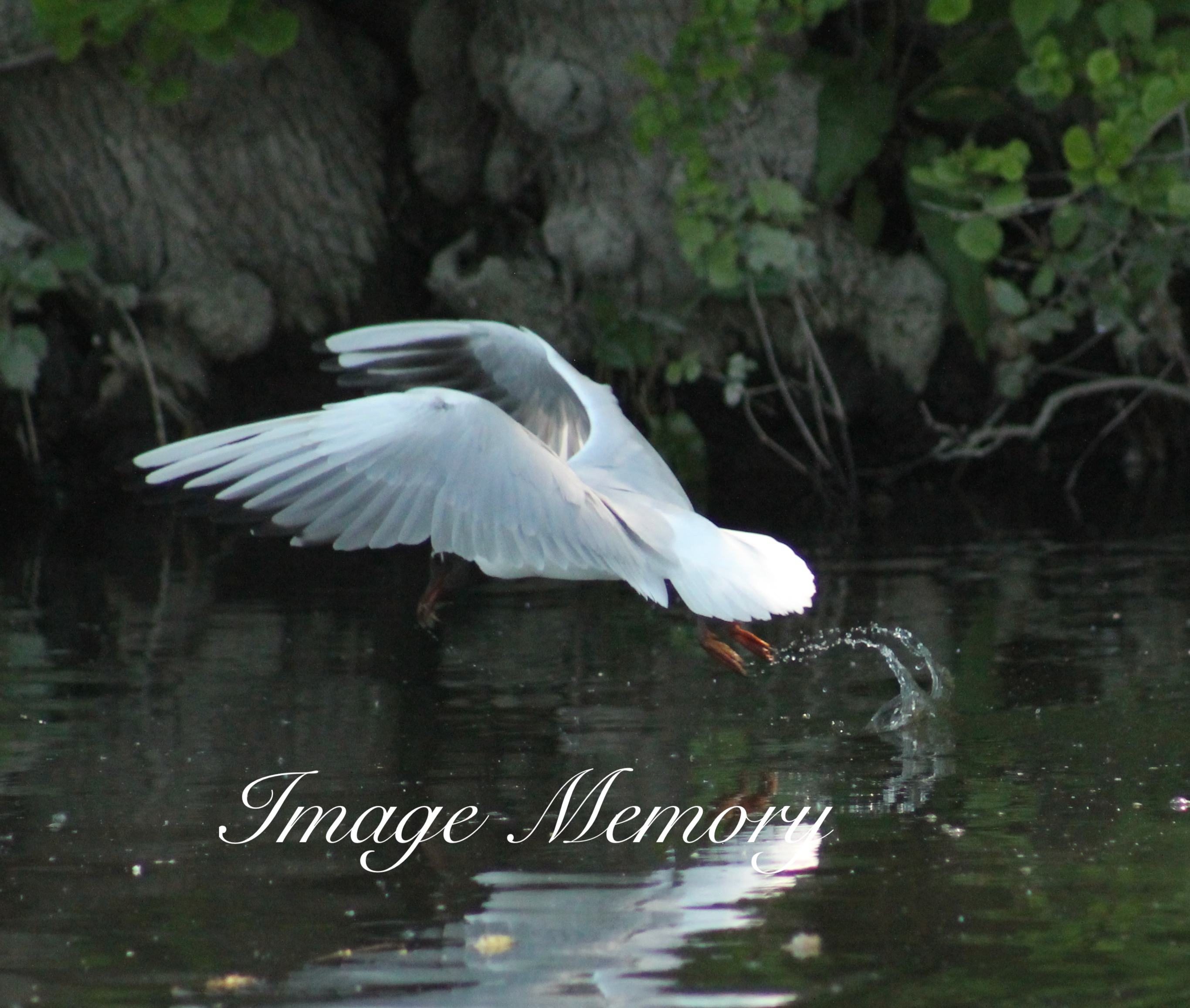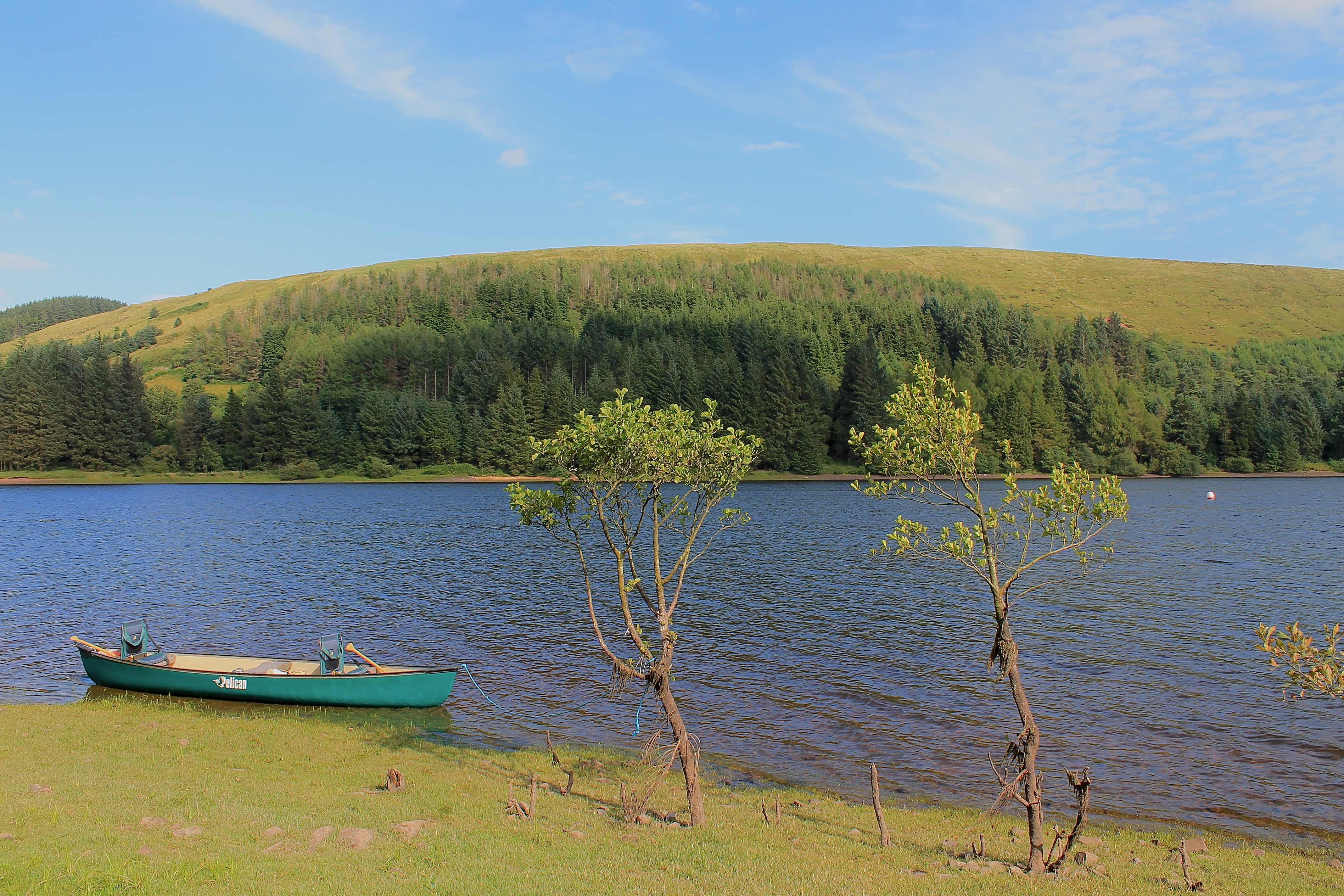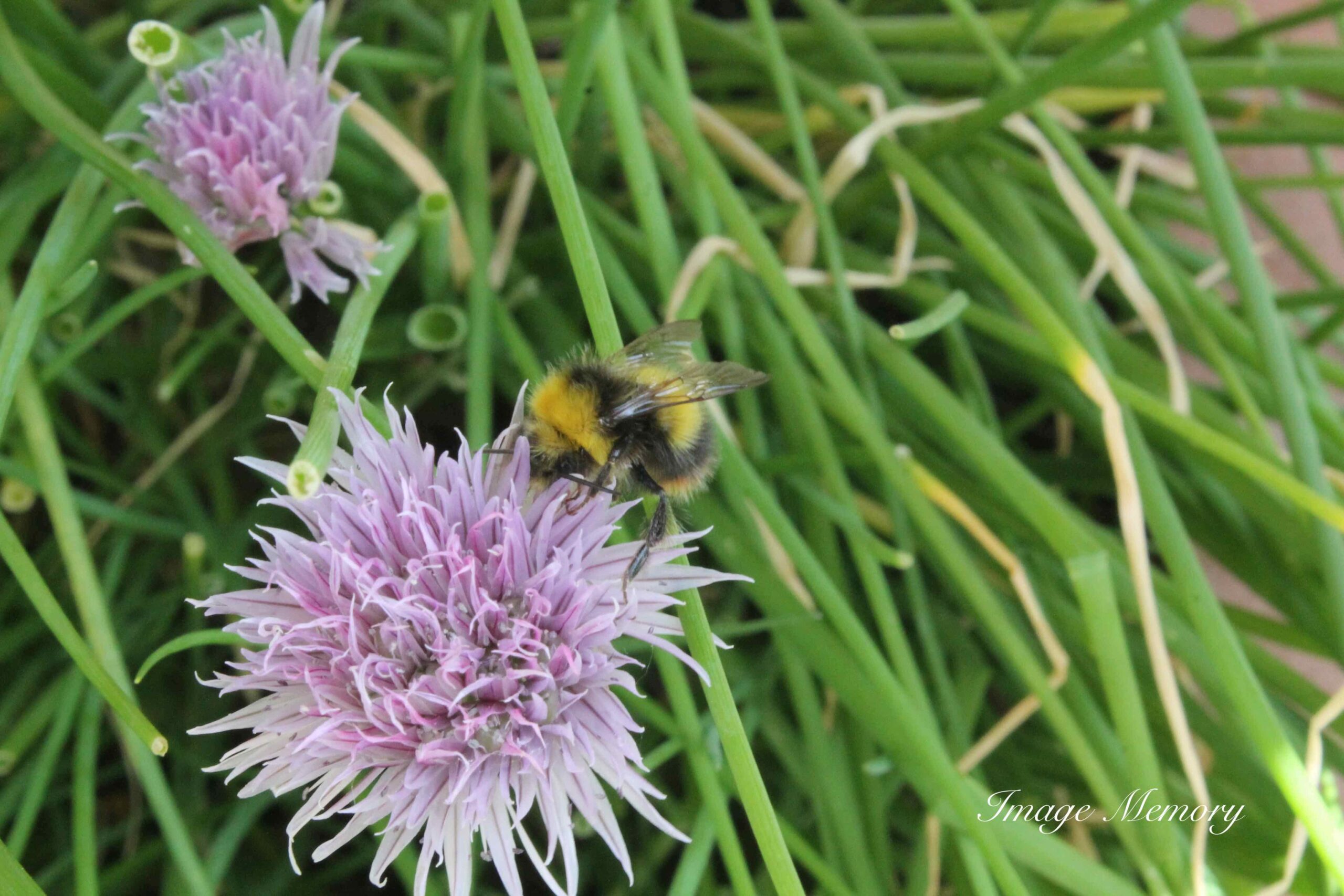
We are told that insects were created by God on the fifth day (see Genesis in the bible).?
Clearly, Genesis’s account of creation is open to interpretation.?The six days of creation are not twenty four hour days but much longer periods, likely to be thousands to billions of years.
Bees evolved from ancient predatory wasps that lived 120 million years ago (please click on: Museum of the Earth).
Bees are attracted to the flower’s bright colours, patterns on the petals and the aroma of sweet nectar. However, what is fascinating is the fact that discoveries from 1960s onwards show they are attracted by an electrical charge. (please click on: “Bees can sense the electrical field of flowers“) .?Flowers are negatively charged and bees are positively charged.?Please see photo below showing bees feeding on erymgium giganteum or ‘Miss Willmott’s ghost’.
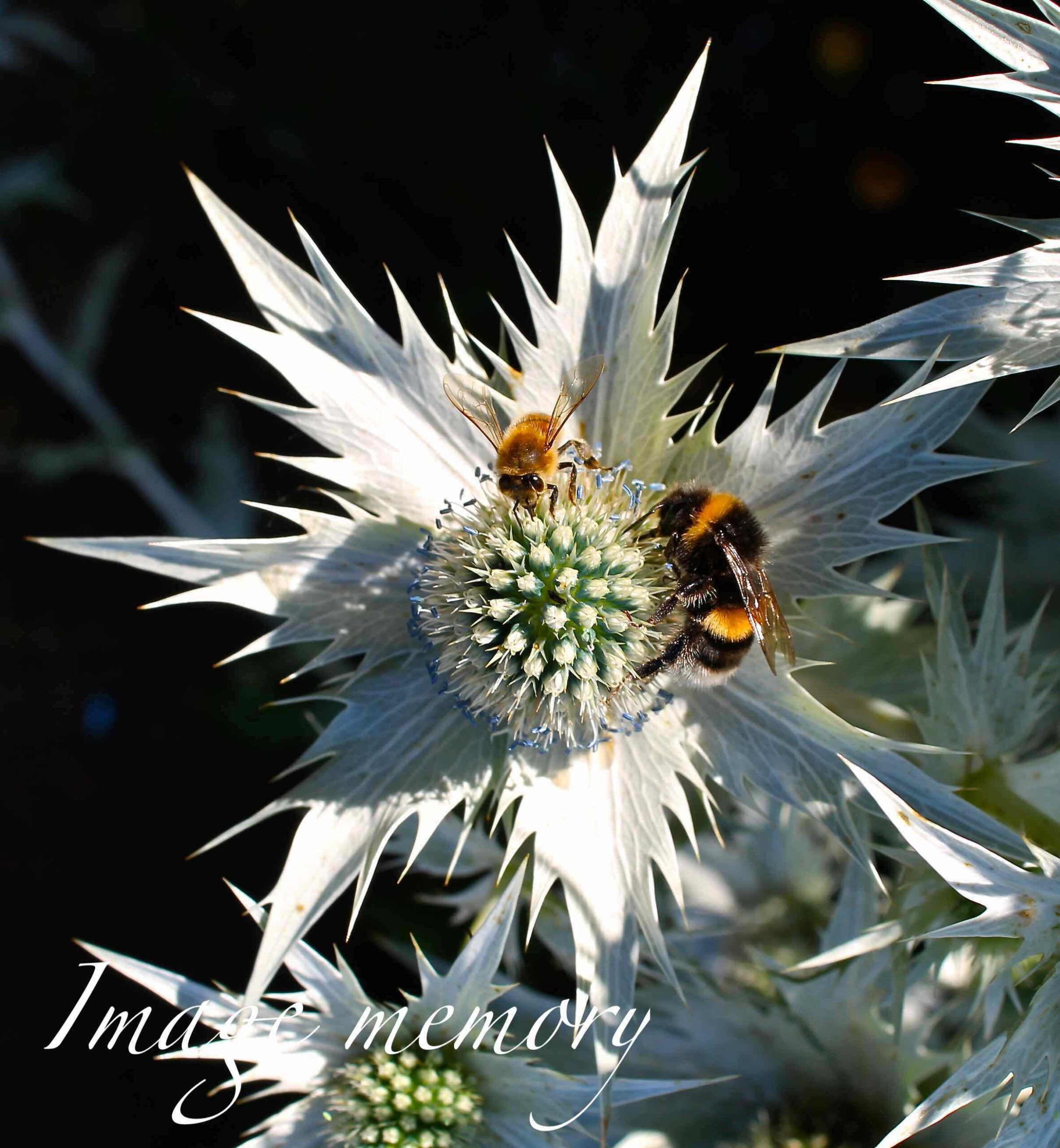
The electrical charges between the flower and the bees mean that the pollen can be seen to jump to the bees body, says Daniel Robert of the University of Bristol (please click on: University of Bristol).
In order to further interpret the electrical signals that bees are sensitive to, electrodes can be attached to the stems of flowers.?These electrodes can be attached to speakers and the electrical pulse can be heard.?This sound changes when the bee approaches as the bee has a different electrical signal.?David Attenborough describes this intricately in the following video: Electric Charge on Flowers and Bees.
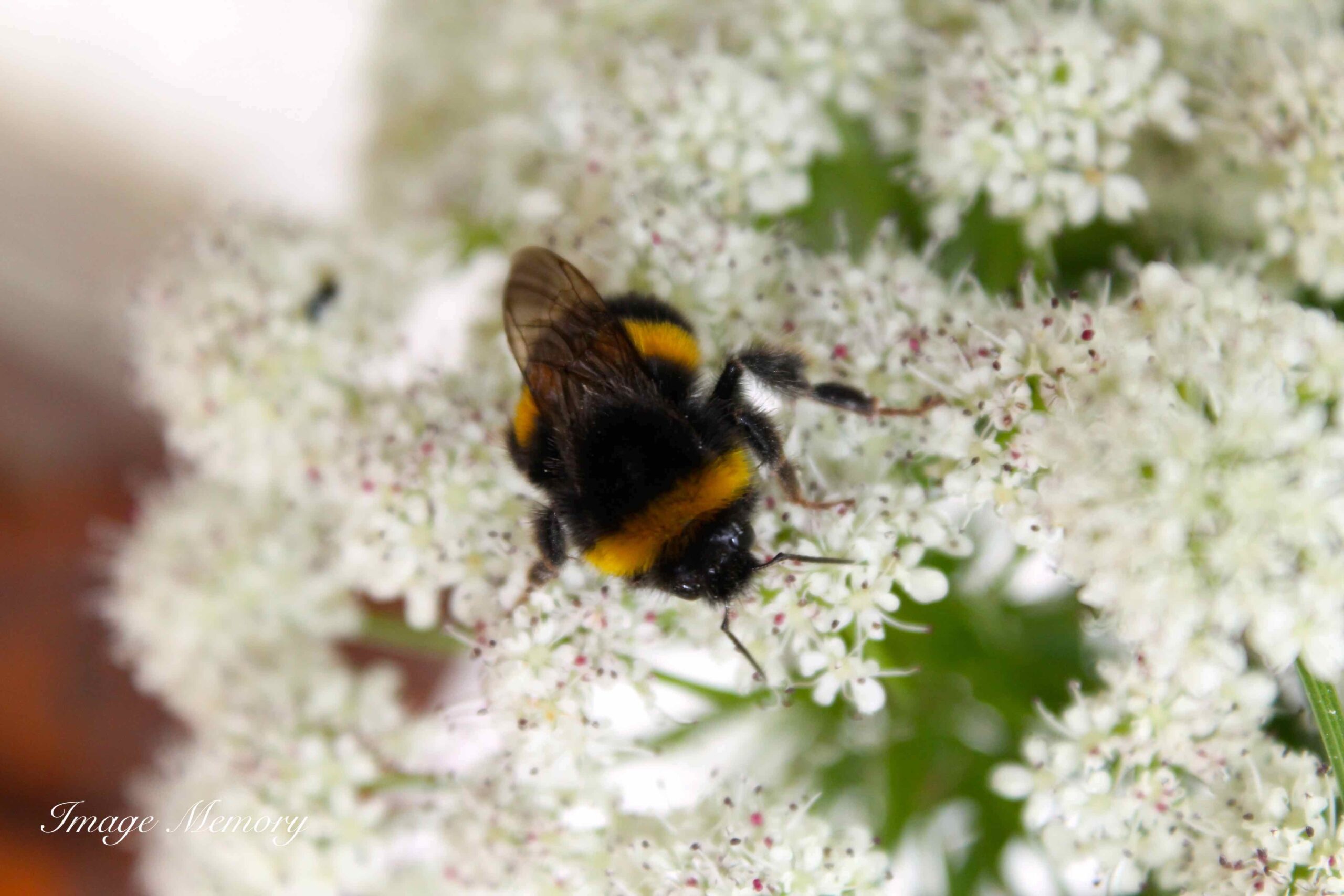
The reason that I photograph bees is because the real science of bee flight was not entirely clarified until the 1990s.?In addition to the circular motion of the wings and speed of rotation, an article in the New Scientist reveals that there are also “tiny tornado-like airflows that form on the leading edges of their wings, known as LEVs or leading edge vortices” (please click on: New Scientist).?Also, trying to obtain a bee’s photograph in flight is a challenge as they move so fast! Please see photo of bumble bee flying towards rhododendron bush below.
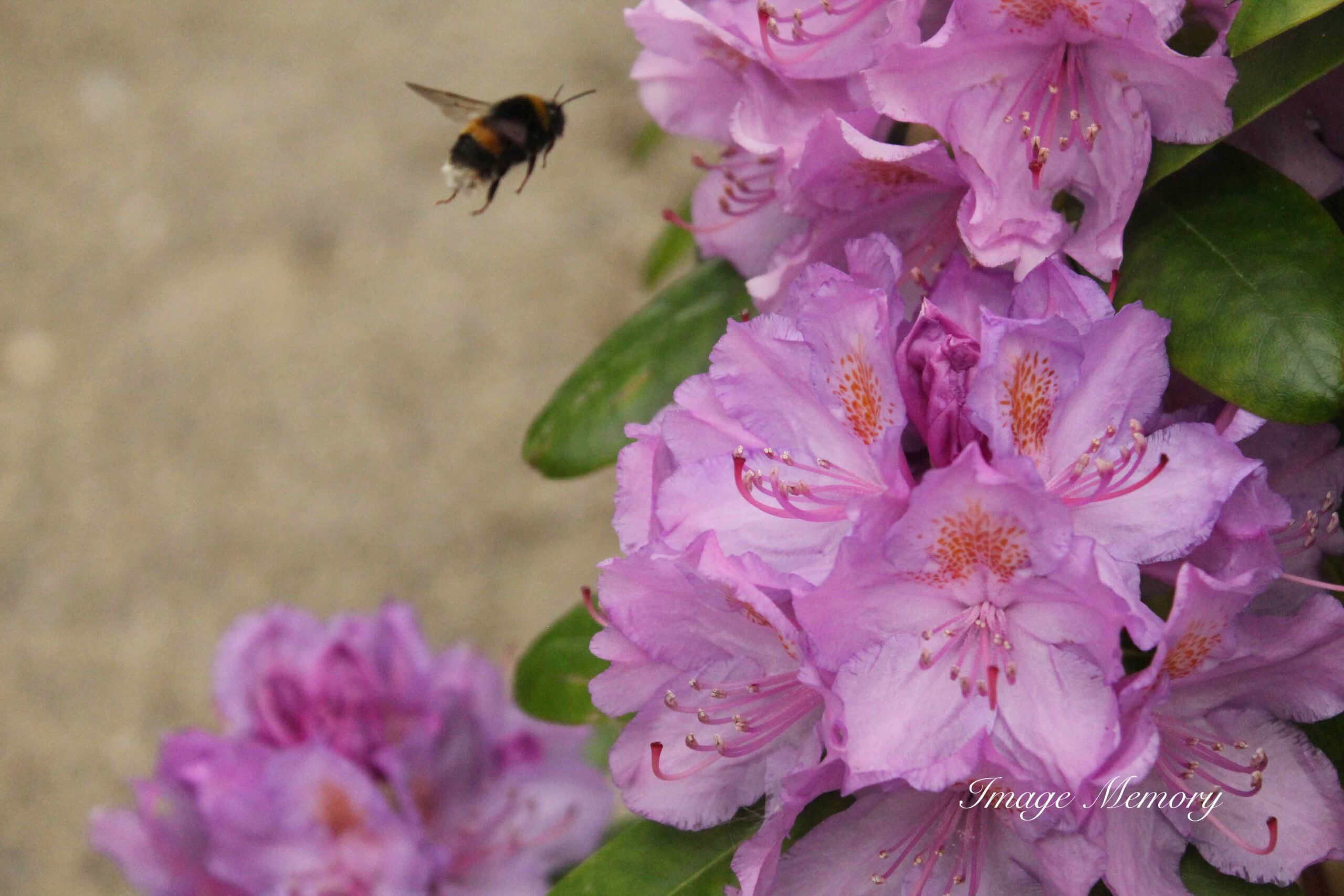
Bees are an essential part of our existence.?They provide honey for cooking purposes and they make it possible for flowers and blossoms to produce seeds, fruit and nuts for example.
Bee photographs taken by Hugo Richardson,
hugo.richardson@image-memory.com
Mob. : 07476 343 777
